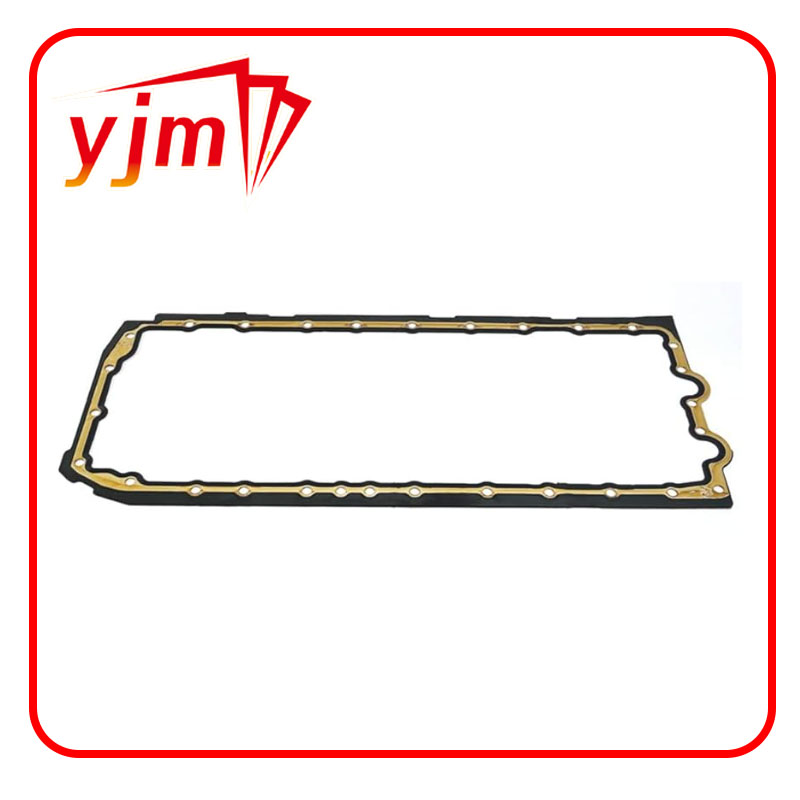Overview of Transmission Oil Pump Seal Functions and Importance in Vehicle Maintenance
Understanding the Importance of Transmission Oil Pump Seals
The transmission system in a vehicle plays a crucial role in ensuring smooth power delivery from the engine to the wheels. One of the essential components of this system is the transmission oil pump, which is responsible for circulating the transmission fluid necessary for lubrication, cooling, and the proper operation of the transmission system. However, the effectiveness of the transmission oil pump is heavily reliant on the integrity of its seals, specifically the transmission oil pump seal.
What is a Transmission Oil Pump Seal?
The transmission oil pump seal, often made from durable rubber or elastomeric materials, serves as a barrier that prevents transmission fluid from leaking out of the pump housing. It is located at the point where the pump shaft exits the housing, and its primary function is to maintain the hydraulic pressure within the system. When the seal is functioning correctly, it helps preserve the proper level of transmission fluid, ensuring optimal performance of the transmission.
The Role of the Transmission Oil Pump Seal
1. Fluid Retention The primary role of the transmission oil pump seal is to retain the transmission fluid. Loss of fluid due to a faulty seal can lead to a decrease in hydraulic pressure, resulting in inadequate lubrication and cooling. This can ultimately cause the transmission to overheat and increase wear on internal components.
2. Preventing Contamination In addition to retaining fluid, the seal also helps prevent dirt, debris, and other contaminants from entering the transmission system. Contaminated fluid can lead to clogs and contribute to premature wear and failure of transmission components.
3. Maintenance of Pressure The transmission system operates under varying hydraulic pressures to engage different gears. The oil pump seal ensures that pressure is maintained, which is critical for smooth gear shifts and overall transmission responsiveness.
Signs of a Failing Transmission Oil Pump Seal
transmission oil pump seal

Over time, the transmission oil pump seal can wear out due to factors such as age, high temperatures, and exposure to various fluids. Here are common signs that might indicate a failing seal
1. Fluid Leaks The most obvious indication of a failing seal is the presence of transmission fluid leaks beneath the vehicle. Typically, the fluid appears reddish and has a distinct, oily smell. Spotting such leaks should prompt immediate inspection and potential seal replacement.
2. Low Fluid Levels Regularly checking the transmission fluid levels is crucial. If the levels drop without an apparent external leak, it could indicate that the seal is allowing fluid to escape internally or is allowing air into the system.
3. Transmission Slippage A worn seal can lead to inadequate hydraulic pressure, resulting in slipping gears. If the vehicle hesitates or suddenly shifts gears unexpectedly, it’s essential to have the transmission system checked.
4. Unusual Noises Grinding or whining noises from the transmission can signal low fluid levels caused by a failing seal. It’s important to address these sounds quickly to prevent further damage.
Addressing Transmission Oil Pump Seal Issues
If you suspect that your transmission oil pump seal is failing, it’s crucial to address the issue promptly. A professional mechanic can diagnose the problem and recommend the appropriate repair or replacement. Ignoring the problem can lead to more severe transmission issues, resulting in more costly repairs.
In conclusion, the transmission oil pump seal might be a small component, but its role in maintaining the efficiency and functionality of the transmission system is significant. Regular maintenance and vigilance in monitoring your vehicle can help prevent issues related to this vital seal, ensuring a smooth and trouble-free driving experience.
-
Understanding Automotive Oil Seals: Essential Components for Engine and Shaft Protection
News Jul.30,2025
-
The Importance of Heavy Duty Seals in Industrial and Residential Applications
News Jul.30,2025
-
Exploring Industrial Oil Seals: From Felt Oil Seals to TTO and CFW Solutions
News Jul.30,2025
-
Essential Guide to Oil Seals: From Radial to Metal-Cased Seals for Industrial Reliability
News Jul.30,2025
-
Choosing the Right Oil Seals and Gaskets for Industrial and Automotive Applications
News Jul.30,2025
-
Cassette Seals: Durable Sealing Solutions for Harsh Environments
News Jul.30,2025
-
Understanding the Front Main Engine Seal: Purpose, Maintenance, and Installation
News Jul.29,2025
Products categories















